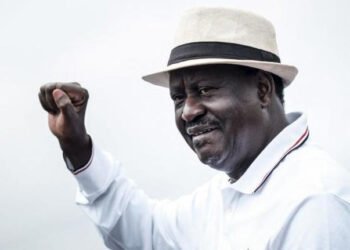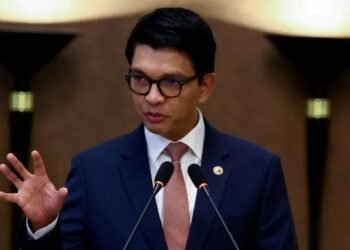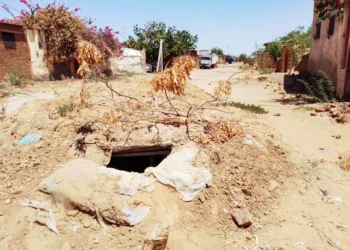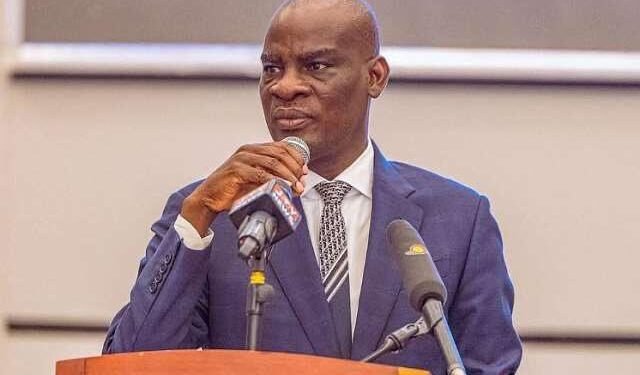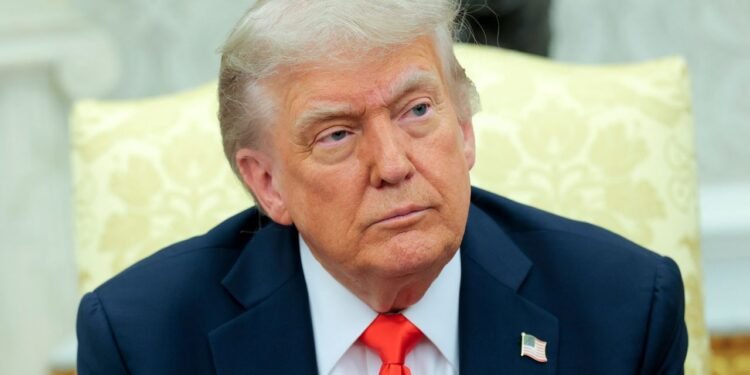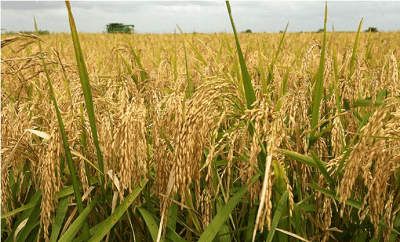Angola faces a crucial decision in the coming months as it considers whether to extend its $1 billion total return swap deal with JPMorgan or seek funding from the international debt market. The one-year arrangement, signed in December and backed by $1.9 billion in government bonds, is set to expire at the end of 2025.
Dorivaldo Teixeira, General Director of the Public Debt Management Unit at the Ministry of Finance, told investors in London that authorities are weighing multiple options. “We have some options,” he said, adding that Angola could raise funds through a bond issue, partially repay the facility, or negotiate an extension. Teixeira, however, stressed that “It depends on the cost,” he explained.
Market conditions for smaller, riskier issuers have improved, with yields “going in the right direction.” He acknowledged that the JPMorgan facility was cheaper than Angola’s Eurobonds, making extension a viable choice. “If I can extend it, probably I will use it,” he added.
The yield on Angola’s international bonds currently stands at around 10%, according to JPMorgan EMBI data. Angola pays 9% on the JPMorgan swap, though Teixeira said officials would push for more favorable terms, whether through the bank or the capital market. The precise details of the swap have never been fully disclosed.
The arrangement drew attention earlier this year when Angola had to pay $200 million to JPMorgan in a margin call after oil prices fell sharply during U.S. tariff turmoil, dragging down the value of Angola’s bonds.
In addition, Angola faces another significant repayment in November, when more than $860 million becomes due on a dollar-denominated bond first issued in 2015. These obligations underscore the country’s delicate fiscal balancing act as it navigates global market volatility.
Transparency And Oil Assumptions Under Review
Teixeira said the Ministry of Finance is taking steps to improve transparency and restore investor confidence. The ministry has begun issuing its debt bulletin quarterly and plans to switch to monthly publications from next year. Key statistics and data will also be provided in both English and Portuguese to broaden accessibility.
“The perception of risk of Angola was heightened a little bit because we didn’t communicate as much. People need more information about what’s going on,” Teixeira said. He expressed optimism that greater disclosure would help reduce Angola’s borrowing costs over time.

Meanwhile, officials are rethinking the oil price assumptions underpinning the national budget. The government based its 2025 spending plan on a $70 per barrel forecast, only to face pressure when Brent crude slipped below that level. At present, oil is trading at around $67, raising the likelihood of a higher-than-expected deficit this year.
“One of the lessons that we learned from this, from this process, is probably next year, we should take a little bit more conservative approach that will help us to execute the budget in the most seamless way.”
Dorivaldo Teixeira
Analysts now forecast that Brent will continue to weaken in 2026, with an average price of $62.98 projected in the second quarter. Teixeira did not specify the price assumption under consideration but confirmed that Angola will base its budget on leading analyst forecasts.
The government’s next steps are expected to be finalized by November. The outcome will be closely watched by investors as Angola seeks to manage debt obligations while building greater credibility in international markets.
READ ALSO: Goldbod Massive Exports Driving Ghana’s Economic Stability – CEO





